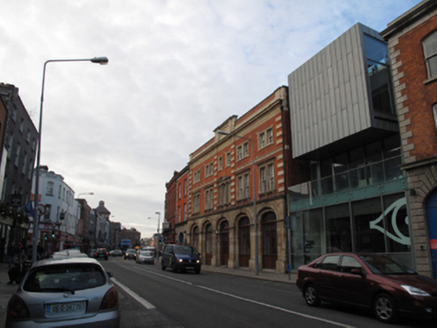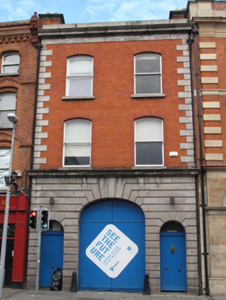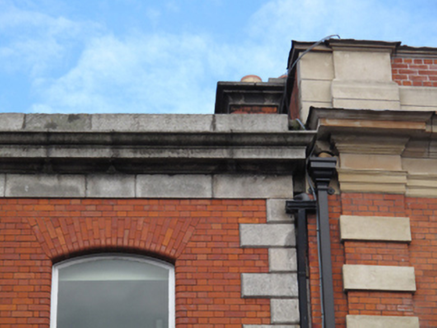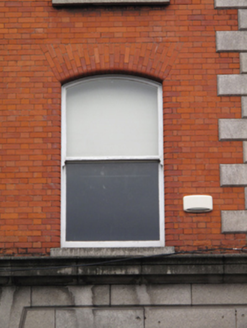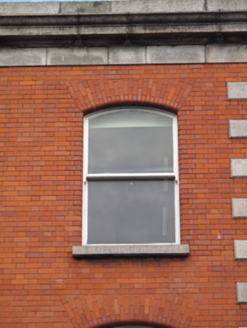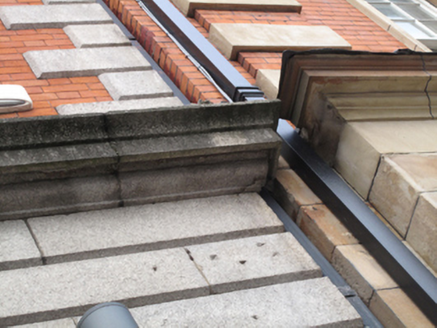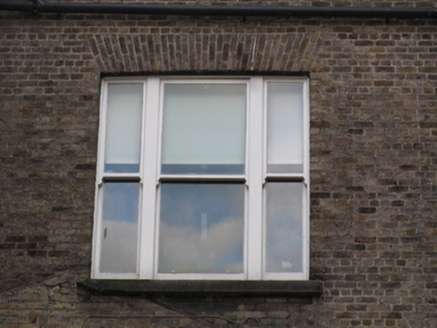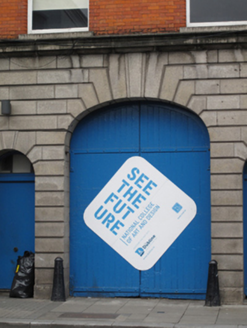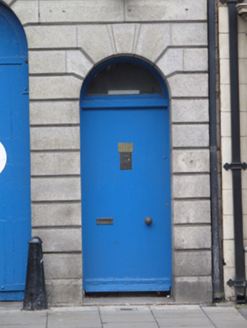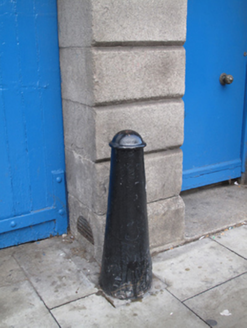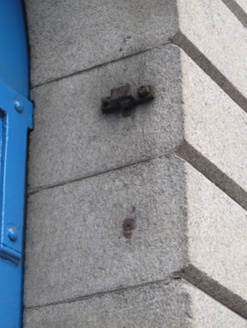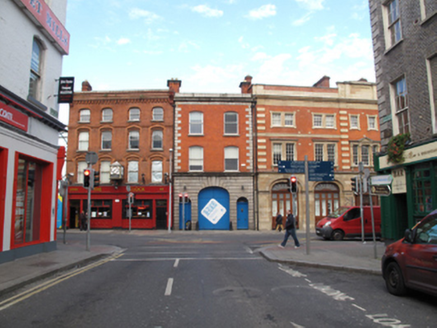Survey Data
Reg No
50080584
Rating
Regional
Categories of Special Interest
Architectural, Historical, Social, Technical
Previous Name
Power's Distillery
Original Use
Store/warehouse
In Use As
University
Date
1890 - 1900
Coordinates
314669, 233877
Date Recorded
04/11/2013
Date Updated
--/--/--
Description
Terraced two-bay three-storey former distillery warehouse having integral carriage arch, built c.1895. Now in use as art college. M-profile hipped roof, with red brick chimneystacks and cast-iron rainwater goods, and cut granite parapet with carved granite cornice. Red brick laid in Flemish bond having granite quoins to upper floors. Carved granite cornice over rusticated granite walls to ground floor. Brown brick laid in English Garden Wall bond to rear (north) elevation. Segmental-headed window openings with bull-nosed surrounds, granite sills and one-over-one pane timber sash windows. Square-headed window openings to rear, with granite sills, bipartite and tripartite timber sash windows. Central elliptical-headed carriage arch flanked by round-headed door openings to ground floor, having rusticated granite voussoirs and keystones. Black brick bull-nosed block-and-start surround to carriage arch to rear. Double-leaf timber battened door and cast-iron wheel stops to carriage arch to front, timber doors and plain fanlights to flanking doors. Cast-iron fittings to sides of central opening.
Appraisal
This former warehouse is well-composed and is of considerable interest due to its associations with Power's Distillery and the industrial hub of brewing and distilling which was located in this area. It was designed by William M. Mitchell. The regular arrangement of fenestration contributes to a well-balanced, symmetrical façade. Granite is used to good effect to enliven the façade, and attests to the artisanship involved in its construction. The central carriage arch to the front indicates the functional nature of the building, with cast-iron wheel-stops providing technical interest. It is an important reminder of the industrial heritage of Thomas Street.
